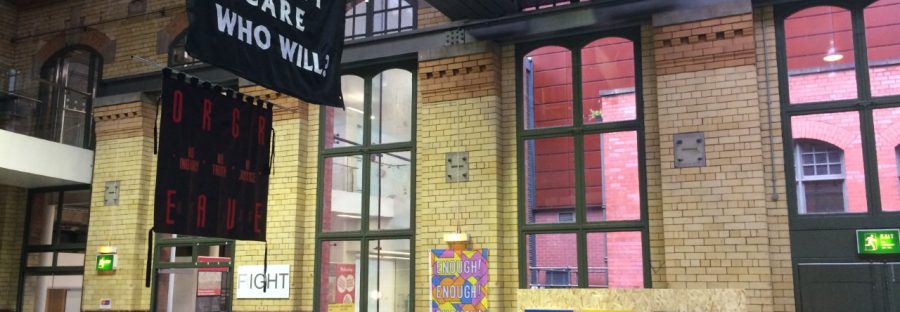Peoples history of Peterloo: Pots and poems remember Peterloo in age of perilous political protest
- In the second of our Features on Manchester's own People's History Museum, we look into the Peterloo Massacre
The memory of one event which changed political history forever remains captured in the glass cases of the People’s History Museum just off Left Bank road, Manchester. An afternoon where 13 men and women died and hundreds were shot, trampled and sabred by the Yeomanry.
These cabinets full of everyday household items display the deep sorrow people had towards the cutting down of peaceful protestors. Not only were pots and cooking implements created, but poems were written to show solidarity amongst the working class.
One particular poem by Percy Shelley stood out, reading: “Rise like lions after slumber, in unvanquishable number” described the large crowds who stood together to protest against their rights. These items announced the owner’s loyalty to the political reform.

It's important to remember that the violent political marches did not usually end in bloodshed and death to this scale. A crowd of 60,000 to 80,000 had gathered to demand the change of parliamentary representation.
Henry hunt who was the radical orator and an important figure to remember,Hunt embraced a programme that included universal suffrage and the tactic he favoured the most was mass pressure. He was scheduled to be one of the speakers which led to the Peterloo Massacre and was therefore arrested and convicted, the incident cost him more than two years in prison.
Chartism begun in 1837, calling for universal suffrage for men as the role of women were still considered to be in the home rather than being involved in political affairs. Straying away from these set of social rules would be frowned upon as equality was a topic left uncovered. Nearly 200 years later, it is not hard to imagine the Peterloo supporters would ever think to see society with a fair voting system. After the eligibility of women act was passed in 1918, political parties adapted to the altered gender roles in society.
After The tour of the museum, I was able to gather the information from each century and see how Chartism grew. However, after the Orange Tree Conspiracy in 1848, Chartism died down. This case happened when London Chartists tried to organise an armed rebellion following after the third rejection of the petition for the Charter. Monster meetings riots and rallies throughout the country demanded the Charter, troops were actually sent out to defend the Bank Of England and other public buildings.
Four members of a secret committee, Henshaw, Pit, Honeybold and Percy drew up a plan of attack. Although the police were well informed of these developments by George Davis of Greenwich attended all meetings as a delegate and announced a map of London was produced which planned a series of attacks.
The commitment of the Chartists was inspiring, they chose to stand up for what they believed in despite the idea of facing Yeomanry’s sabres. If I were alive in this century I would be motivated to stand with them for equal rights, it is astonishing to see how far we have come from then. Equal rights for men and women has been the biggest movement we have had so far.
I found it very interesting to learn about what happened at Peterloo and I recommend that everyone should visit the People’s History Museum at least once in their lifetime.


